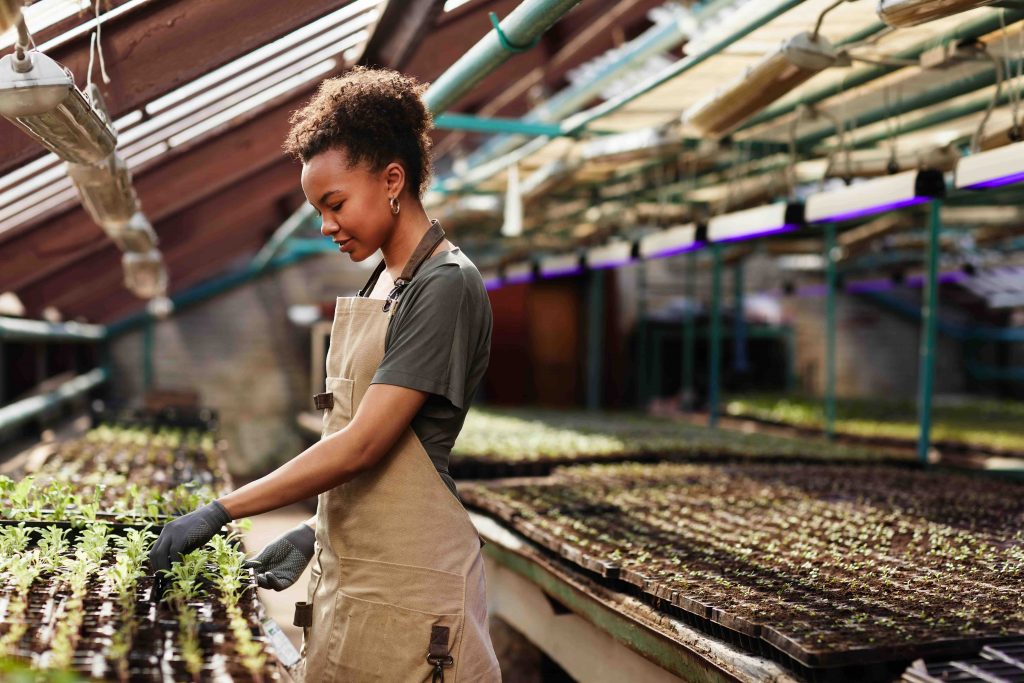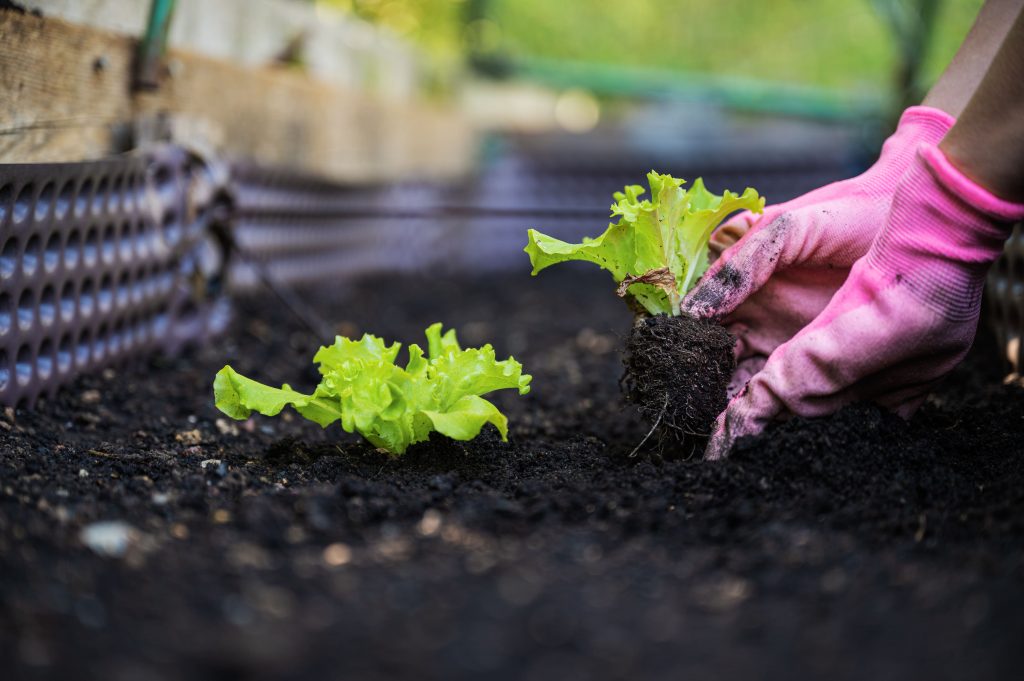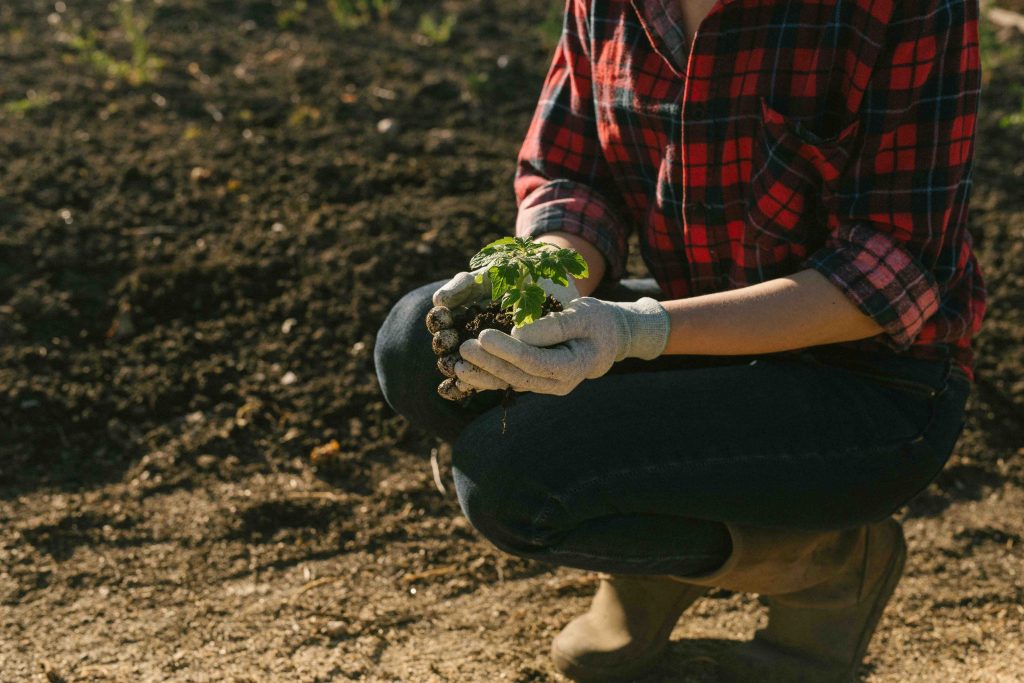Green House Adviser is reader-supported. When you buy through links on our site, we may earn an affiliate commission. Learn more
Plant heating mats are commonly used for starting seeds such as vegetables and flowers. They help to raise the temperature of the ground (or other surfaces) where your seedlings are sprouting from, thus speeding up the germination process. When you’re a green thumb at heart, it can be easy to feel overwhelmed when purchasing heat mats for your seedlings. There is plenty of questions you should ask about these devices before you make a decision.
What Is a Seedling Heat Mat and What Does It Do?
A seedling heat mat is a piece of equipment used to gently warm seeds that have been planted in soil or coco coir. The heat mat provides the perfect environment for seeds to sprout and grow into healthy plants. The seedling heat mat consists of several heating mats that sit underneath pots containing seeds. The mats provide warmth and help maintain steady temperatures for optimal growth conditions. The main purpose of a seedling heat mat is to provide an ideal environment for seeds to germinate and grow into healthy plants. Not only does this device keep the soil warm enough for seeds to sprout, but it also provides moisture levels that allow roots to develop properly. This ensures that seeds do not dry out while they are trying to grow roots, which can cause them not to survive at all!
Why Use a Heat Mat for Plants

There are many reasons to use a heat mat for plants. It is the easiest way to keep your plants warm, which is especially important during the winter months when temperatures drop and it’s not as easy to grow things outside. Heat mats can help you extend the growing season and keep your plants healthy during those cold months. They also help with germination, which means fewer seeds need to be planted to get a good crop of vegetables or flowers.
Here are some other benefits of using a heat mat:
- Better growth: when plants are kept warm with a heat mat, they grow faster and stronger than those that aren’t. This means better yields and healthier plants overall.
- Seed germination: the germination rate of seeds increases when they’re kept warm by using a heat mat. This saves you money because fewer seeds need to be planted for them to grow into full-grown plants.
- Winter protection: if you live in an area where winters are harsh and cold, your plants must get some protection from the elements so that they don’t freeze or die off completely. Using a heat mat will help protect them from any damage that may occur due to freezing temperatures or snowfall.
How to Use a Heat Mat for Plants
Heat mats are a great way to get your plants off to a good start in the garden. They’re especially helpful if you’re starting seeds indoors or are growing tropical plants. Here’s how to use them:
- Place the heat mat under your plant containers. You can use either plastic or aluminum sheets. Aluminized plastic is more durable, but aluminum is cheaper and will last longer than plastic. The size of the mat depends on how many plants you’re growing and where they will be placed after transplanting—for example, if you’re starting seeds in flats that will be moved into larger containers as seedlings grow.
- Set up an electric timer so that the mat comes on when needed and turns off when it’s not needed anymore. Make sure that you have an outlet near where you’ll be using your heat mats so that they don’t need extension cords running across your yard or garden area.
Types of Heat Mats

Heat mats are a very new addition to the market. They are becoming more popular every season as they are easier to use and can be used in many ways. Heat mats are one of the most popular ways to heat your plants during the winter months. Heat mats can be used on their own or together with other types of plant heating systems. They are easy to use, and they come in a variety of sizes and shapes. If you’re wondering which heat mat is best for your plants, then read on!
Heat mats without thermostat
Heat mats work by using electricity to warm the mat itself up to a temperature above room temperature. The heat then transfers through the mat into whatever is sitting on top of it. This can include seedling trays, potted plants, and even whole garden beds. When purchasing a heat mat for your plants, you should consider whether or not you want an adjustable thermostat or not.
Heat mats with thermostat
Heat mats are great for plants that like to be warmer than the ambient temperature. This can include many plants and flowers, but there are some exceptions. Heat mats are more expensive than other heating options, but they are also more effective, meaning that you can use less energy to heat your plants. Heat mats will not dry out your plants, even if they stay on for days at a time. Heat mats with a thermostat allow you to set the temperature so that it does not run continuously. Running a heat mat constantly may waste energy and cause unnecessary wear on the heating element in your mat. A thermostat will turn off the mat when the temperature is reached and then turn it back on when the temperature drops too low.
Alternatives to Heat Mats
If you are an avid gardener, chances are you already have a heat mat and love it. However, if you have ever had a heat mat die on you, or if you just want to try something new, here are some alternatives to heat mats:
- Thermometer: If you want to keep your plants warm, but don’t want to invest in an expensive piece of equipment, a thermometer can help. These can be purchased at any hardware store. Simply place your seedlings near the thermometer and monitor their temperature.
- Heat lamps: Heat lamps may not be as efficient as heat mats, but they can still provide enough warmth for your plants. If you’re using this method, make sure that your plants aren’t too close to the lights or they could burn.
Difference Between Grow Lights and Heat Mats: Which One Is Better?

Grow lights and heat mats are both used to provide supplemental light to plants that need it. They can also be used to control temperature, which is why many people like using them as a combination for their plants. The main difference between these two products is that grow lights use electricity to produce light, while heat mats use electricity to produce heat. Grow lights and heat mats are both used in hydroponics systems, which means they can be used together as a combination.
Grow lights can be helpful in more ways than one. They provide light for photosynthesis, which is necessary for plant growth and development, but they also provide heat as well. However, this isn’t always an ideal situation because it means you’re limited by how close you can get them to your plants without burning them up or overheating them.
Heat mats do not emit light at all, so they can be placed closer to plants without causing any damage or stress on their stems or leaves. Most growers recommend placing a mat directly under each plant (or grouping together several smaller ones) to ensure they receive the right amount of warmth.
In the end, choosing between a grow light and heat mat is more a matter of personal preference than it is a question of effectiveness. The key will be to find a balance that’s right for you, whether that is spending less with a heat mat or investing in a more expensive and advanced light system. Either way, with some trial and error, you’re sure to find a setup that will serve you well.
Conclusion
There are several advantages offered by seedling heat mats. Installing such a device for indoor gardening will increase the viability of the plants, which is crucial for seedlings in the initial stages of development. The main advantage that heat mats offer is that you can start growing your plants from spring or fall on a mat. A heat mat is an inexpensive method of starting seeds indoors and works well if you have no other options available.




